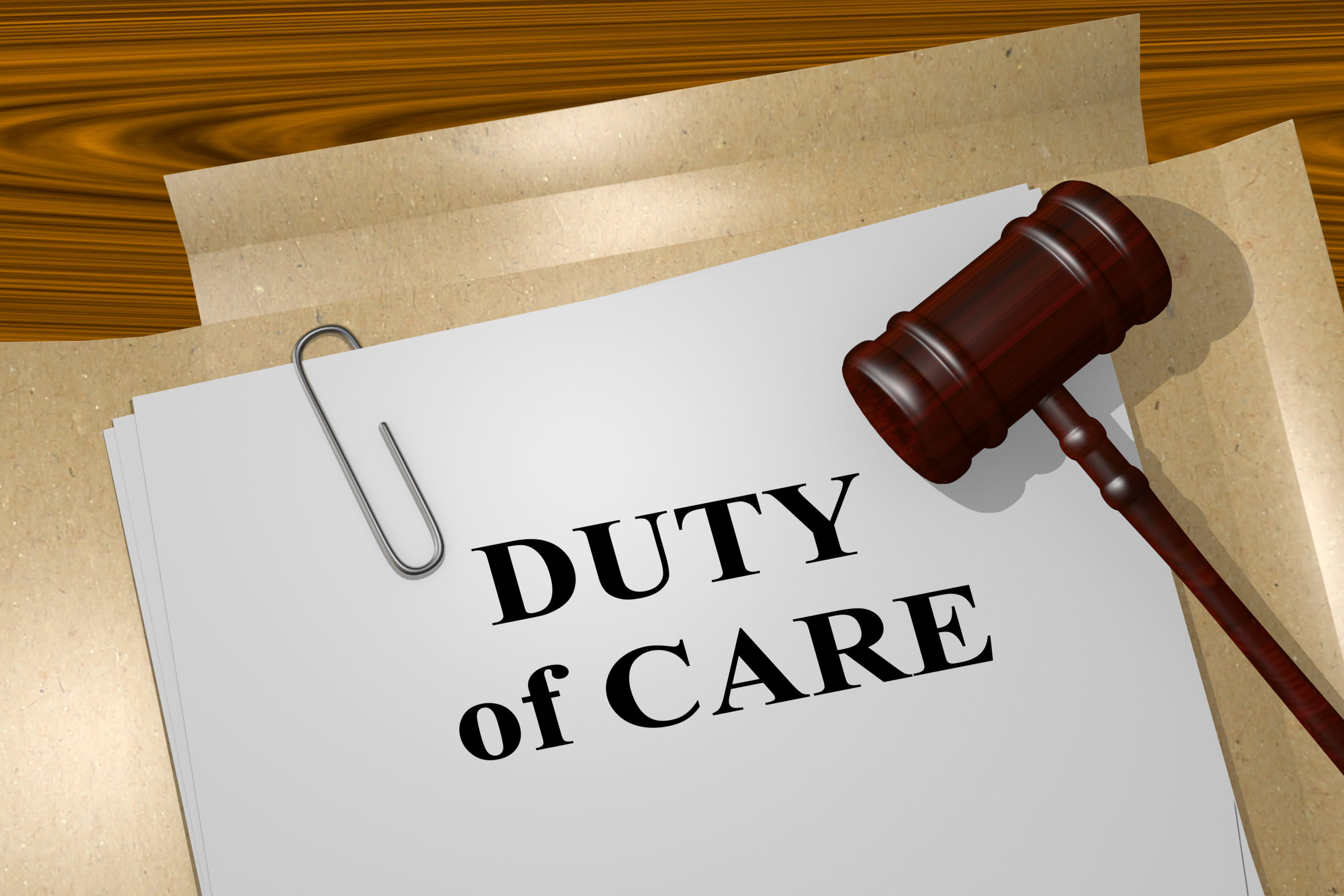Serious Injuries From Trench Collapses
In the world of construction, there are many dangerous tasks to be completed. Unfortunately for those in the trade, trenching and excavation are two of the most hazardous of all workplace conditions and can lead to serious injury and even death. Trenches are any narrow underground excavation that are deeper than they are wide, and are no wider than 15 feet. When it comes to working in a trench, many construction workers do their work with the fear that the trench could collapse at any time, causing fatality in an instant.
Trench Collapse Can Happen Anytime, Anywhere.
New Jersey is no stranger to trench collapse, as construction happens in every state. Research has shown that trench collapse is a bit more rare in New Jersey; however, in 2015, three workers lost their lives over the span of seven months due to these serious and frightening accidents. In one of such cases, a worker was running a drainage line around the foundation of an under-construction home when the trench around him collapsed, completely burying him under dirt. The trench was eight feet deep and three feet wide and co-workers made an attempt to extricate him immediately. However, they had to call 911 and emergency workers were unable to rescue him alive. In many of these cases, OSHA cites the companies involved for safety violations because they will typically be founded.
Protecting Yourself From Trench Collapse
Something that workers should always keep in mind is that it is never a good idea to enter an unprotected trench. If a trench is over 5 feet deep, an employee is required to wear a protective system unless the excavation is made with stable rock. Here are the various types of protective systems:
- Sloping: This process involves cutting back the trench wall at an angle that is inclined away from the excavation.
- Shoring: This involves installing aluminum supports that will prevent the soil from moving as well as cave-ins.
- Shielding: In this process, workers will use trench boxes or other types of supports to prevent cave-ins.
Designing a protective system is not as easy as it sounds. No, many factors must be taken into consideration. Some of these factors include soil classification, depth of cut, water content of soil, changes due to weather or climate, surcharge loads, and other operations. Here are some other rules to be considered when working in trenches:
- Never keep heavy equipment next to the edges of a trench.
- Know where all underground utilities are located.
- Always conduct tests for low oxygen, hazardous fumes and toxic gases.
- Inspect trenches after a rainstorm as well as at the start of each shift.
- Never work under raised loads.
OSHA also requires that trenches must be inspected every day by somebody who is competent to do so. This is to ensure elimination of excavation hazards. The person should be able to identify existing and predictable hazards that may pose specific dangers to employees. They should be able to take quick corrective measures to eliminate or control hazards and conditions.
Trench collapses can be extremely hazardous, much like all accidents and injuries occurring in the construction industry. If you have been injured in one of these serious accidents and believe it was due to negligence, you may have a case. Call Maggiano, DiGirolamo & Lizzi today for more information.


















